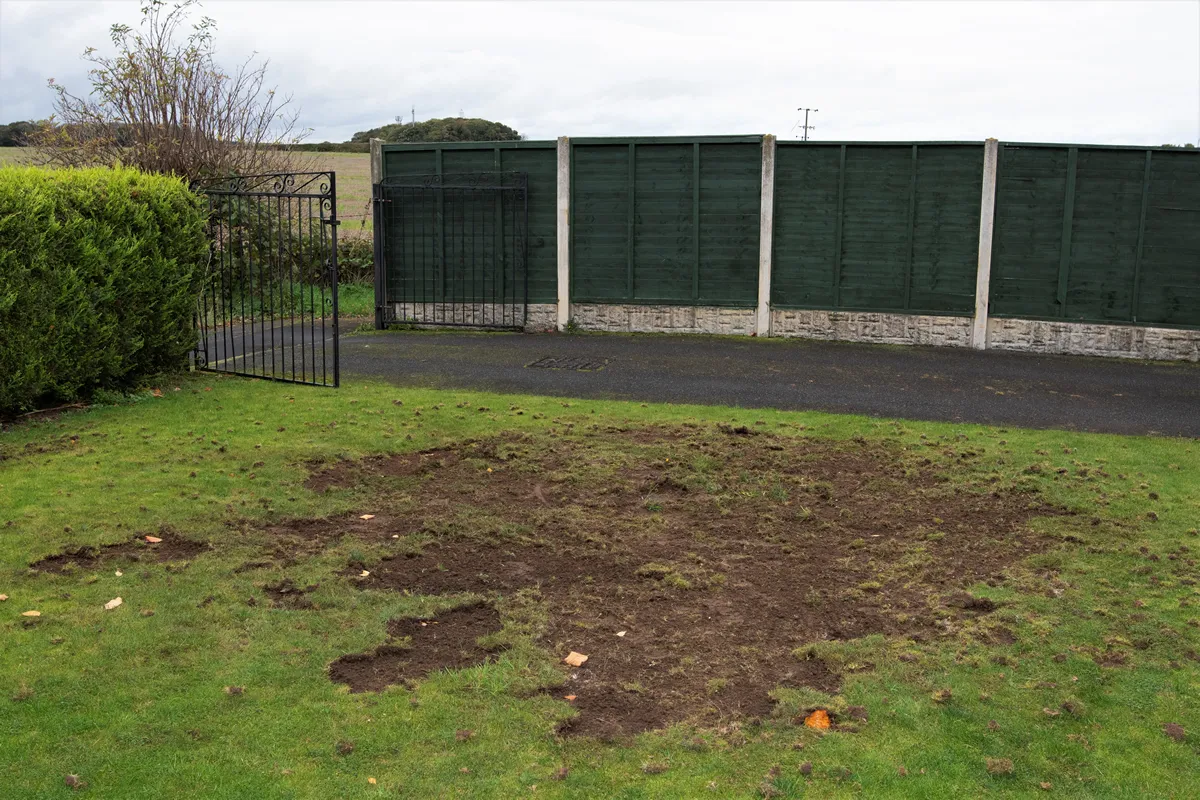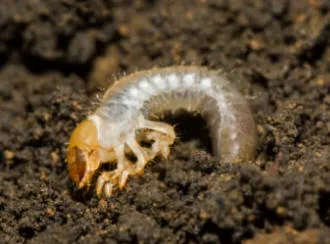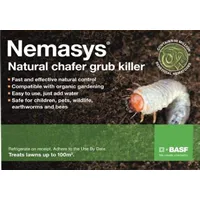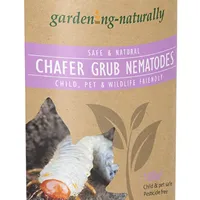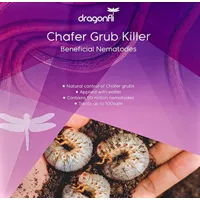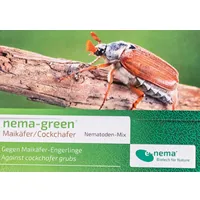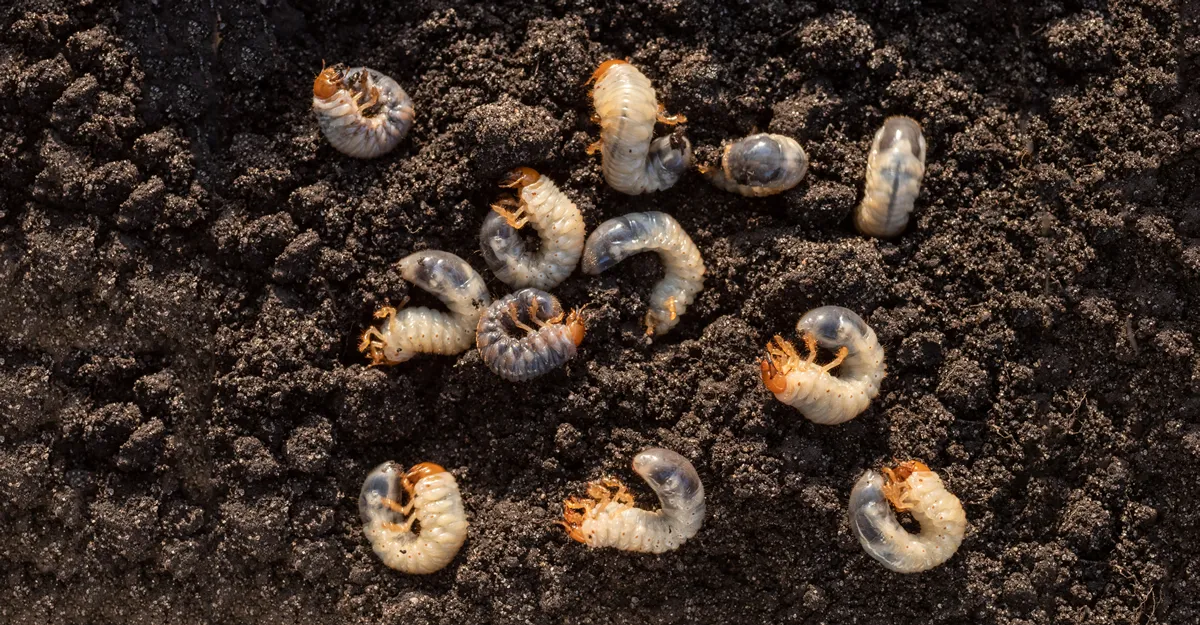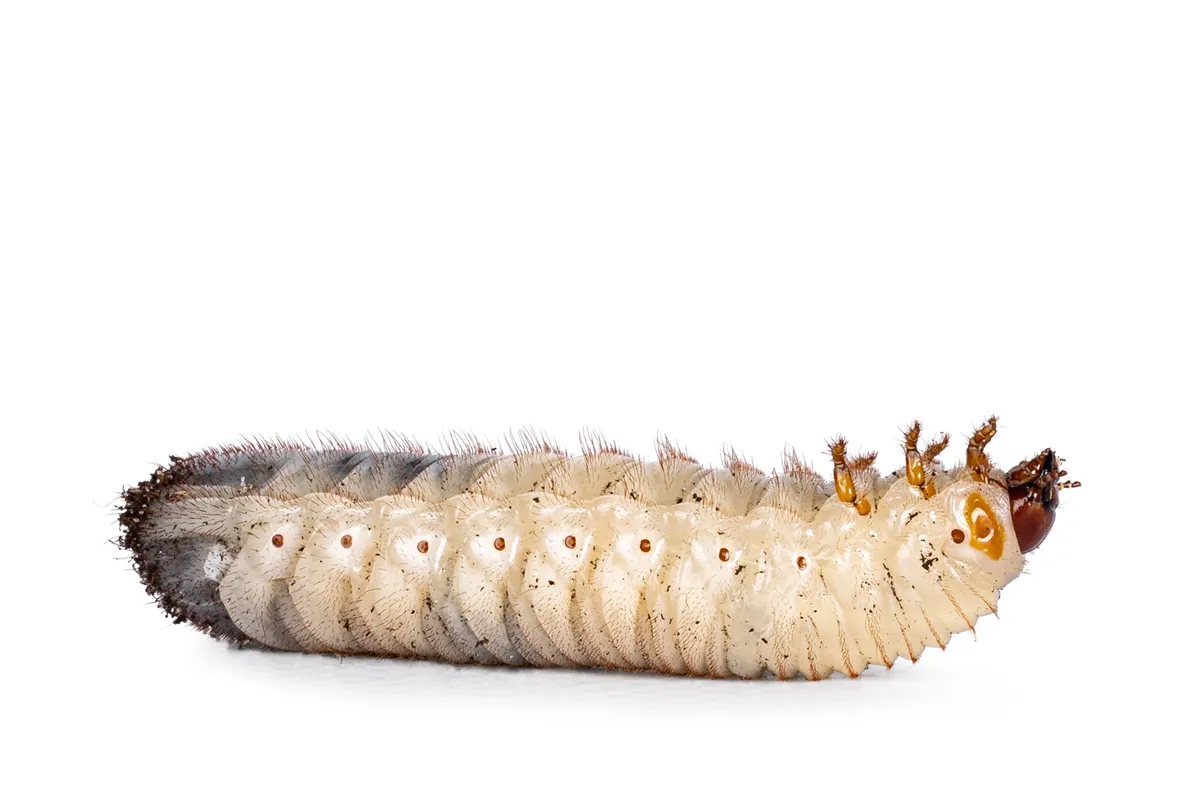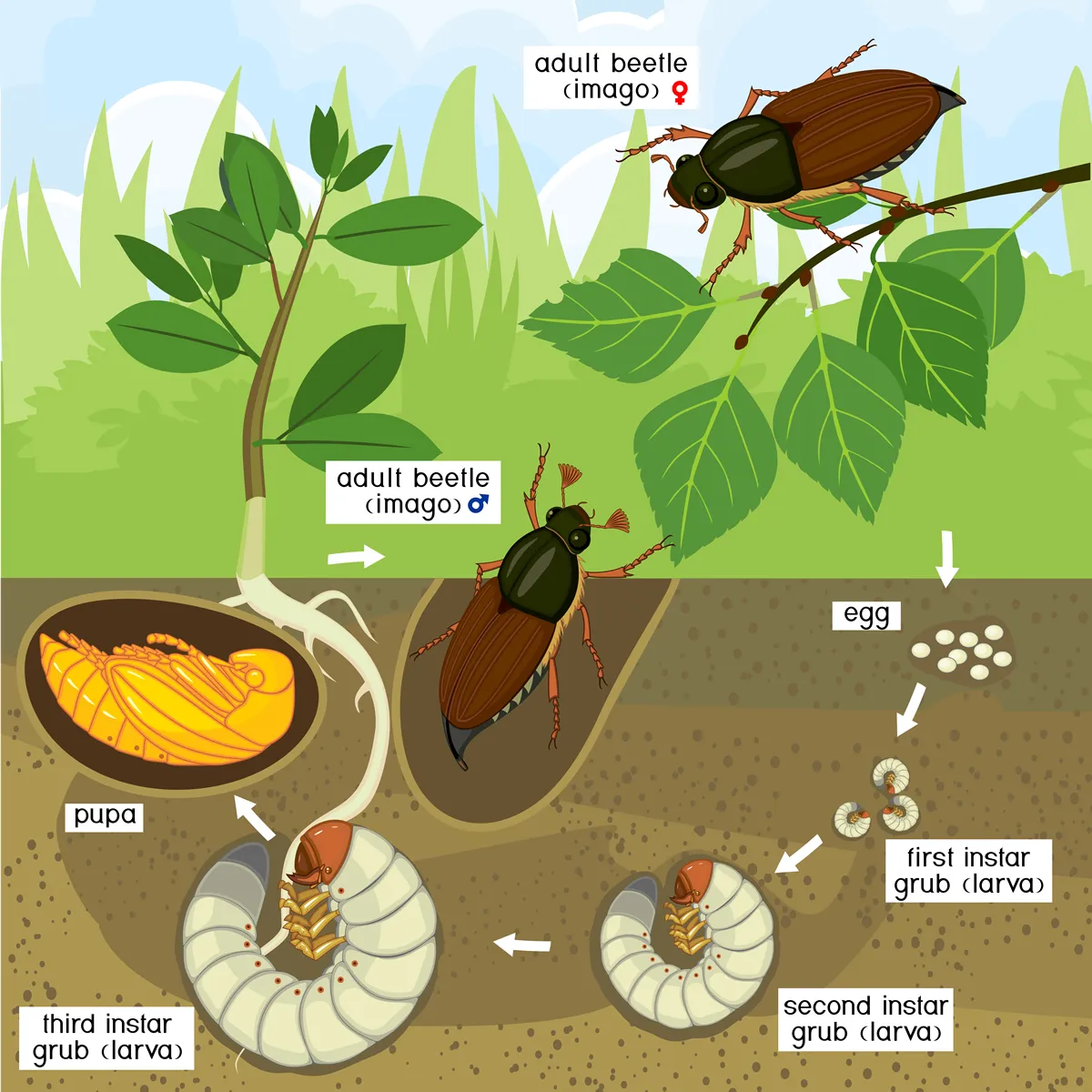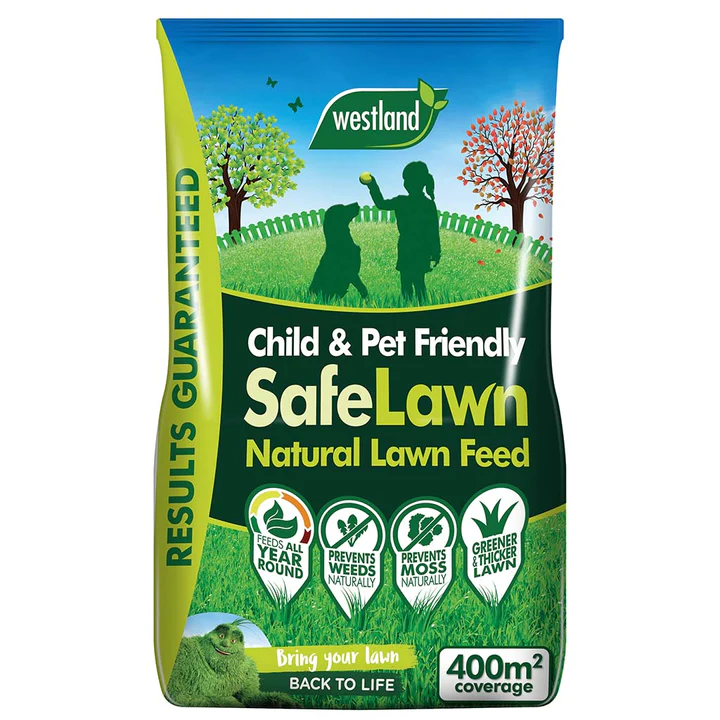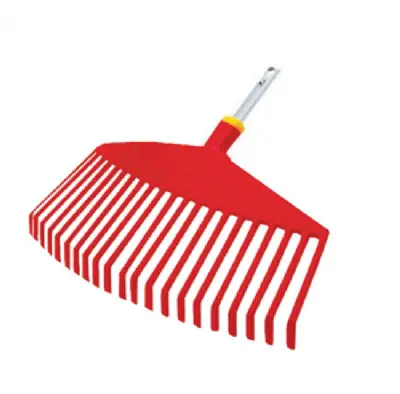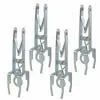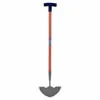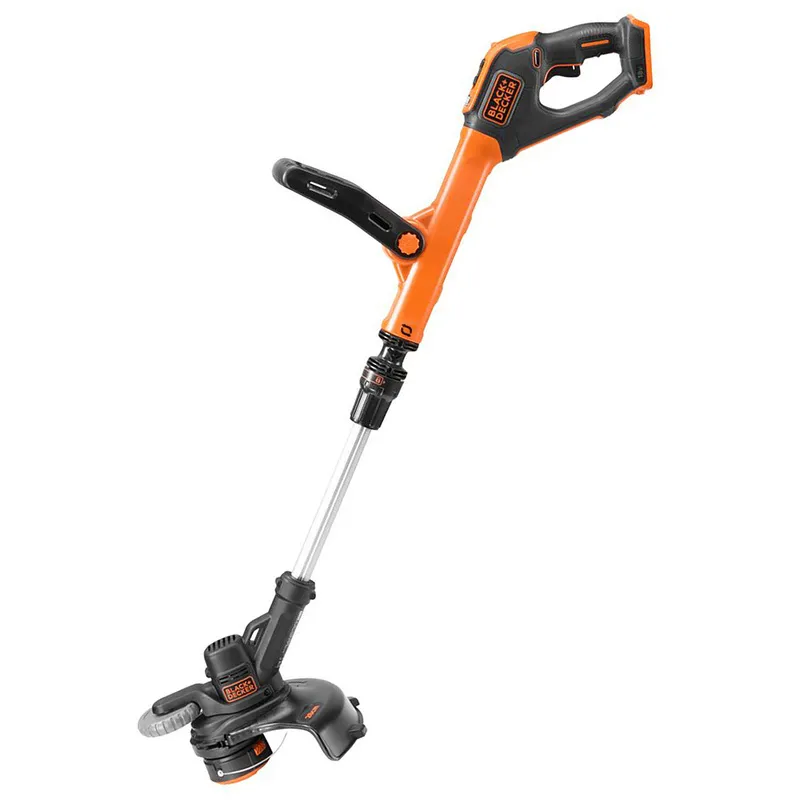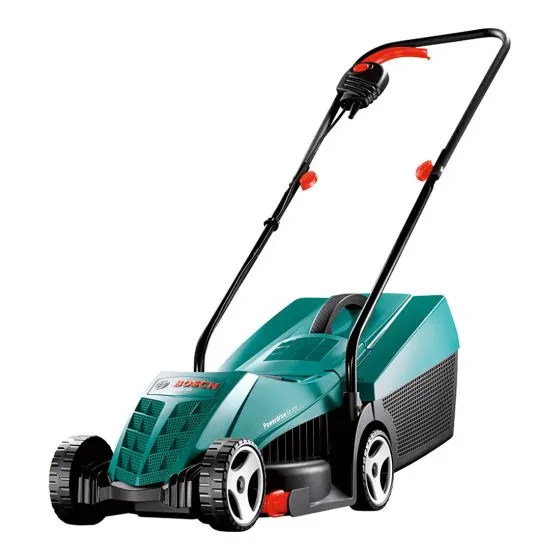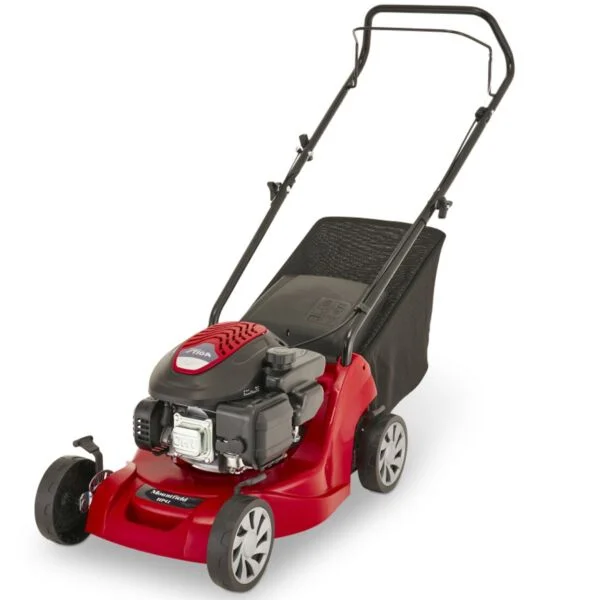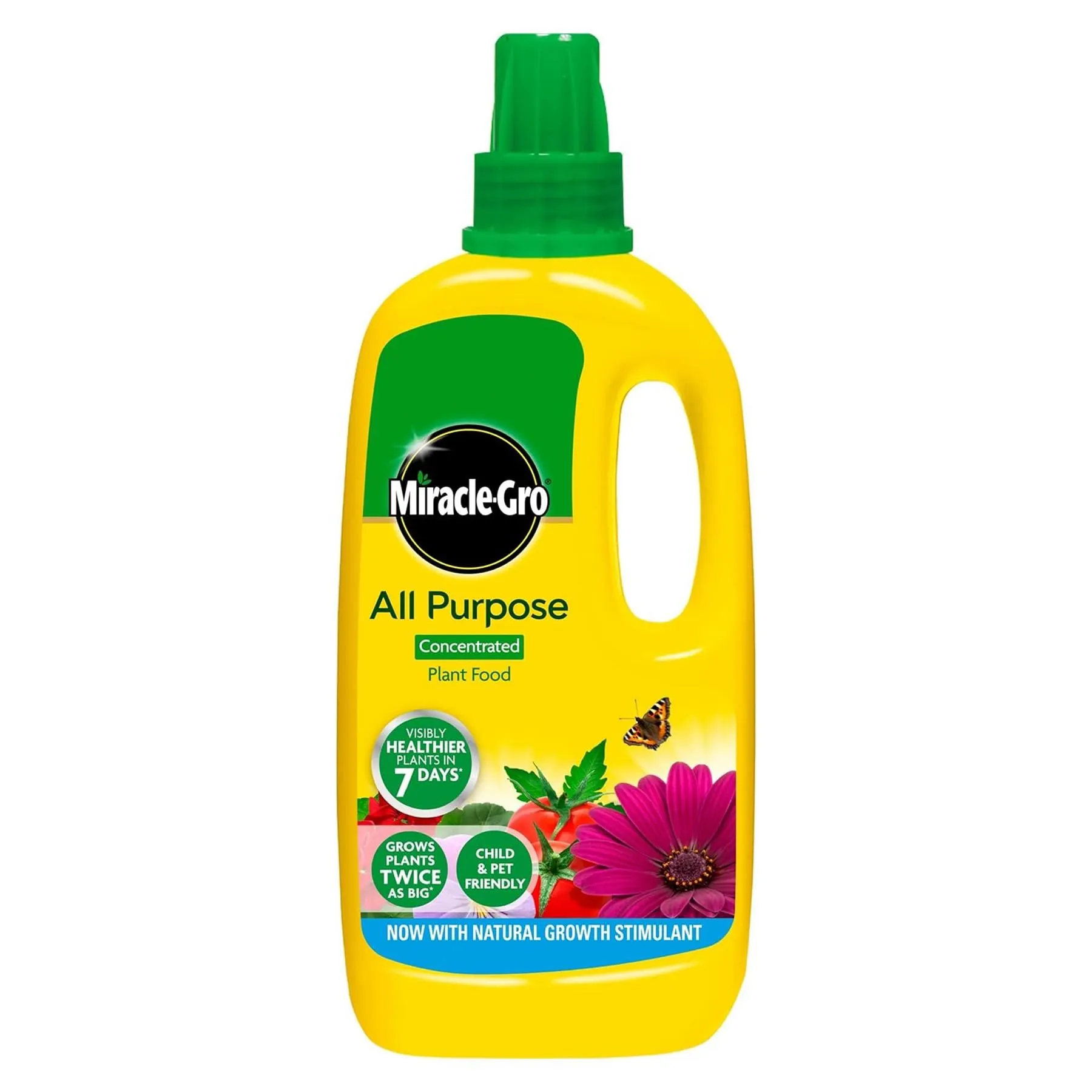
Garden Chafer Beetle - Phyllopertha horticola on leaf
Ah, the life cycle of the Chafer grub is a fascinating tale, woven into the very fabric of our gardens! These little creatures, often found hidden beneath the surface of our lawns, are not just garden mischief-makers; they are the opening act in a much larger story of transformation and renewal.
The Metamorphosis Begins
Imagine, if you will, beneath the soil, nestled in the roots of your grass, the humble Chafer grub. This plump, white larva with its distinctive brown head spends its time feasting on the roots, gathering energy for the transformation that awaits. The grub stage lasts around one to three years, a period of growth and preparation.
The Pupa Stage
As spring unfurls its green tendrils and the garden awakens, our protagonist, the Chafer grub, retreats into a more reflective phase. Encased within the earth, it enters the pupa stage, a time of rest and profound change. This pupal chamber, hidden away from the prying eyes of gardeners and predators alike, serves as the backdrop for one of nature’s most remarkable processes.
The Grand Unveiling
Then, as the days lengthen and the warmth of early summer begins to kiss the earth, the final act commences. From the confines of the pupal case emerges a creature transformed – the adult Chafer beetle. With bodies ranging from glossy brown to a radiant metallic, these beetles are a testament to the wonder of nature's alchemy.
Depending on the species, the garden may play host to a variety of Chafer beetles. The Common Chafer (Rhizotrogus majalis), the Garden Chafer (Phyllopertha horticola), and the Rose Chafer (Cetonia aurata) are just a few of the characters you might encounter, each with their unique hues and habits.
A New Chapter
The adult beetles are not long for the garden stage. Their purpose now shifts to the continuation of the cycle. After mating, the female beetles return to the soil to lay their eggs, setting the stage for the next generation of Chafer grubs to begin their underground lives.
This cyclical tale of growth, change, and renewal plays out quietly beneath our feet, a reminder of the enduring rhythms of nature. For gardeners, understanding this lifecycle is not just about managing a pest; it’s about appreciating the intricate narratives woven into the tapestry of our gardens.
In knowing what Chafer grubs become, we gain insight into the broader ecosystem at work, inspiring us to garden with wisdom, respect, and an enduring sense of wonder. Happy gardening, and may your efforts be rewarded with a healthy, vibrant landscape that thrives in harmony with all its inhabitants!
